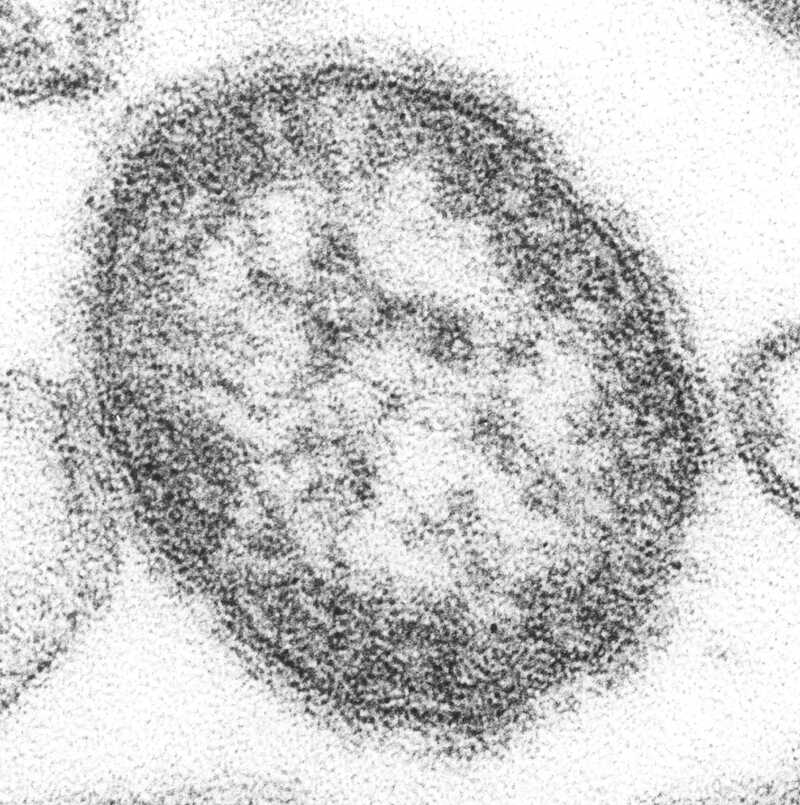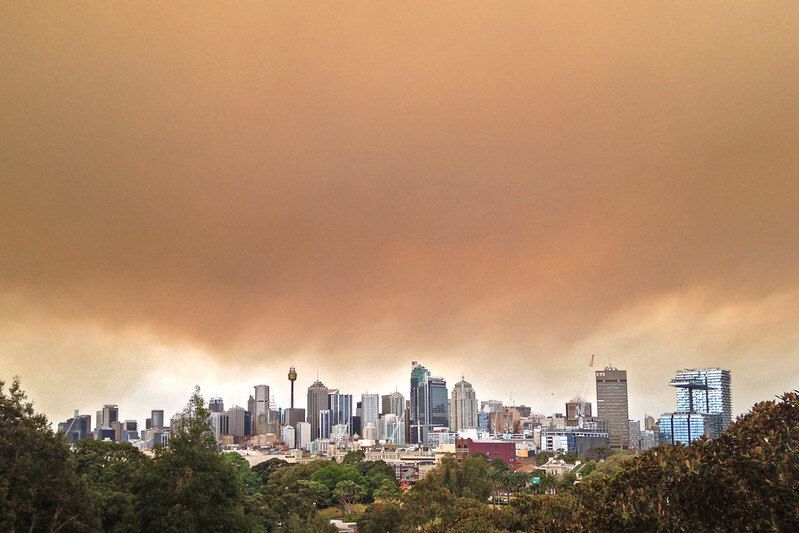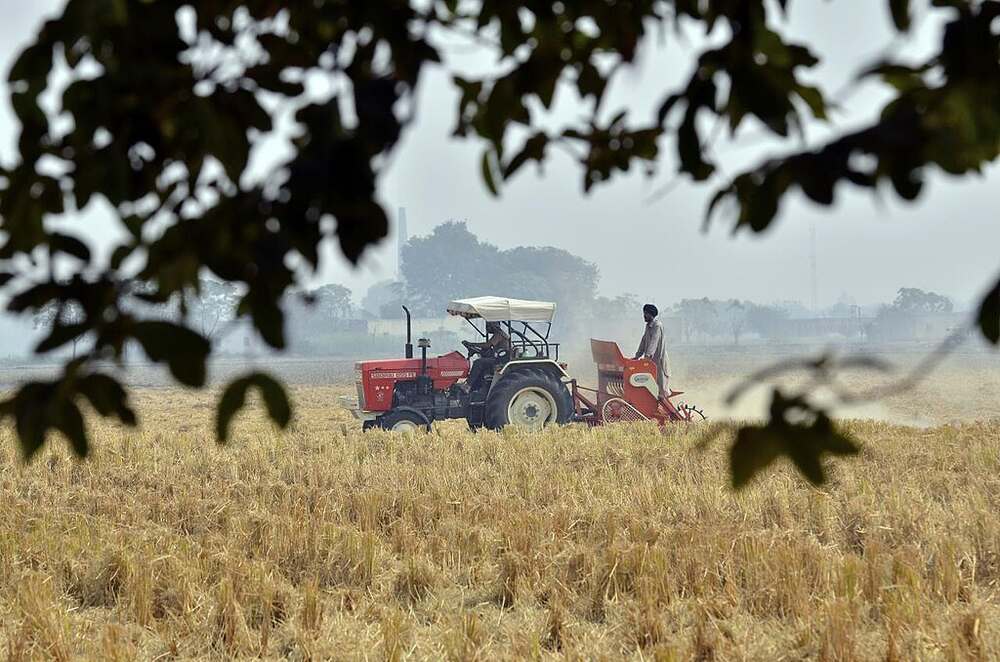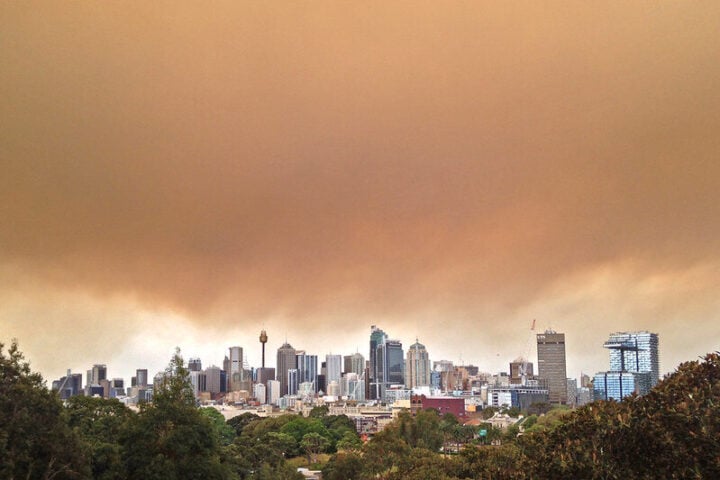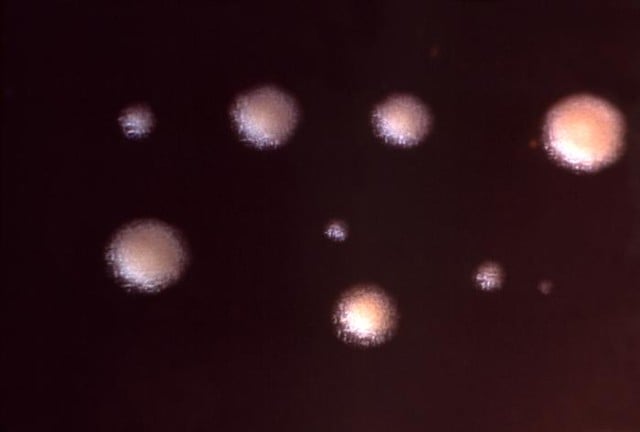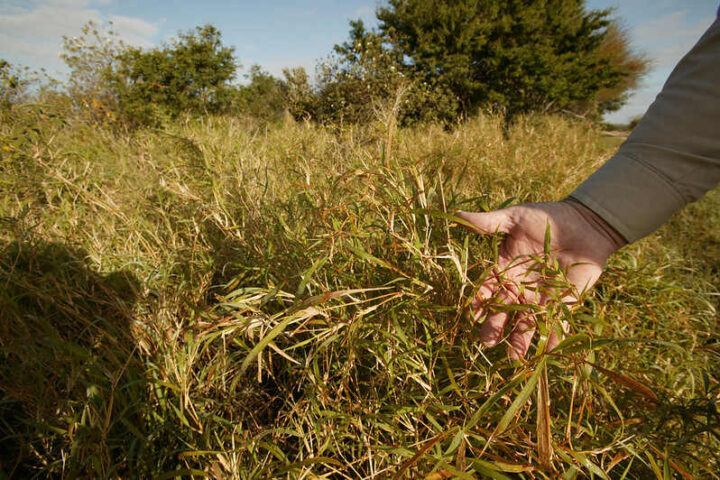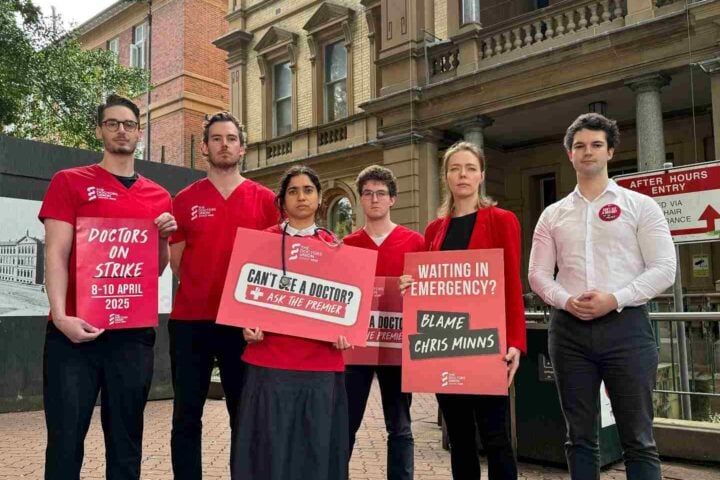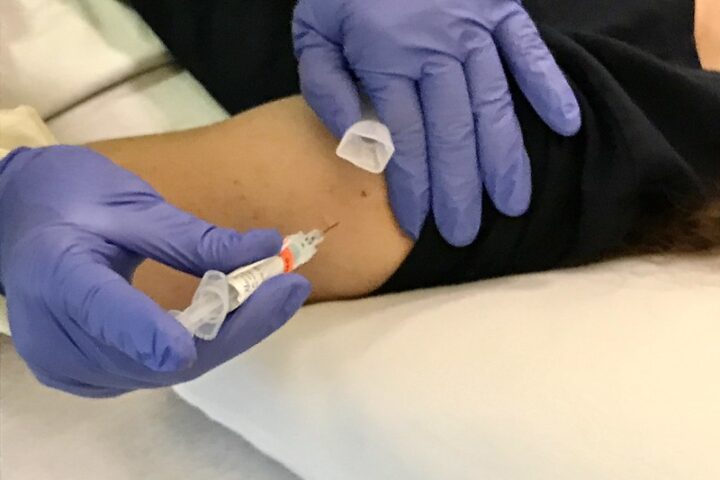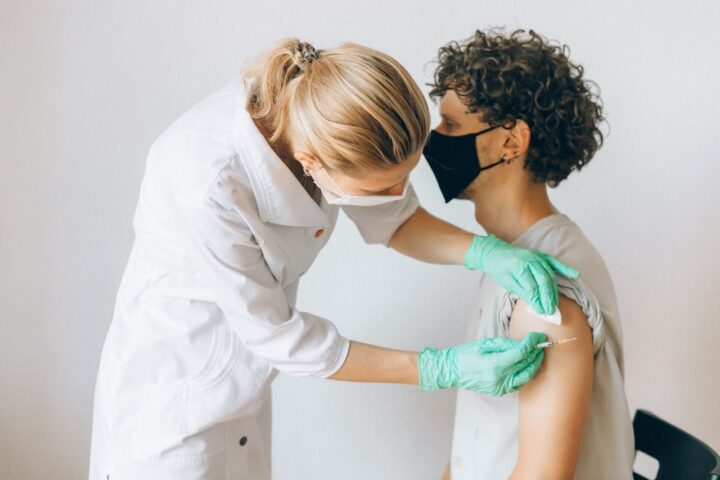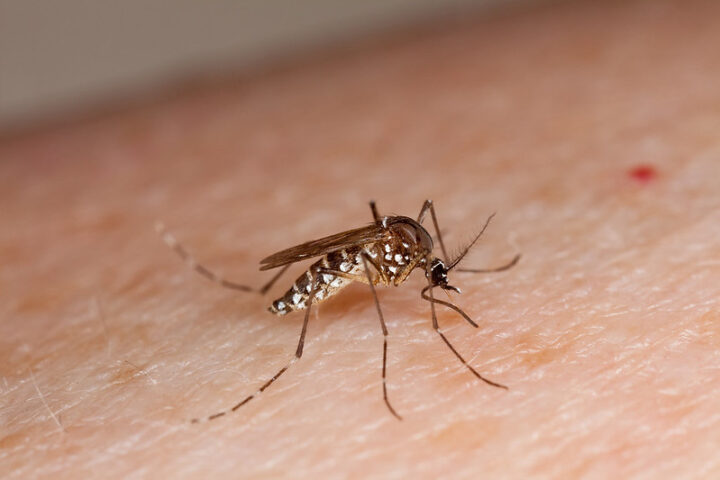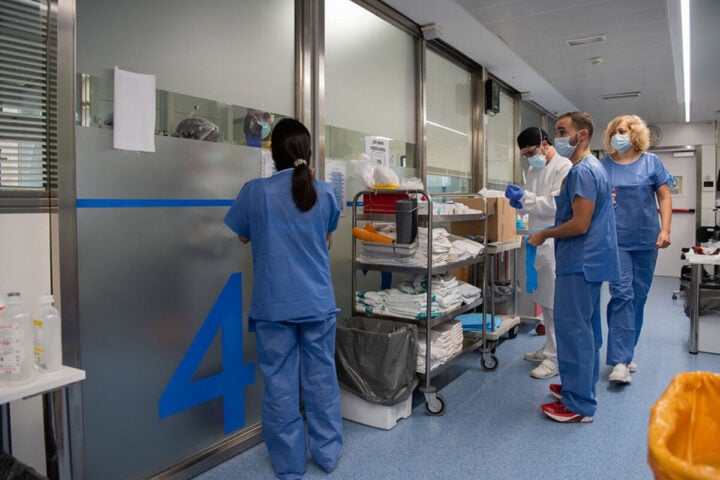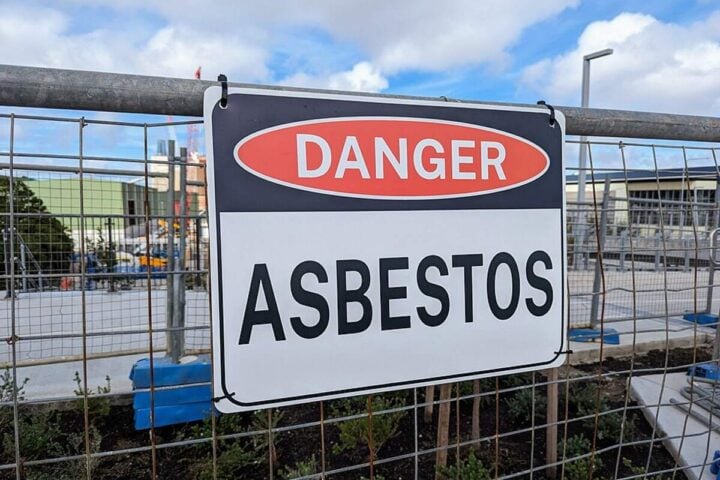A new locally acquired measles case has been identified in Victoria, raising concerns about potential community transmission in Melbourne and Gippsland areas. What makes this case particularly concerning is that the infected person has no history of overseas travel or known links to other recent measles cases.
Victoria’s Chief Health Officer has issued a public health alert as this brings the total measles cases in Victoria this year to 15, with 5 being locally acquired.
Understanding the Latest Case
The infected individual likely contracted measles within the Melbourne area rather than through international travel. Health officials haven’t yet identified the source of infection, which suggests undetected cases might be circulating in the community.
The person visited multiple locations across Melbourne and Gippsland while infectious. Health authorities have published a list of exposure sites and times, urging anyone who visited these locations during specified periods to monitor for symptoms.
How Measles Spreads
Measles is extremely contagious and spreads through airborne droplets when an infected person coughs or sneezes. The virus can remain active in the air or on surfaces for up to two hours after an infected person has left the area.
A person with measles is contagious from 24 hours before showing initial symptoms until four days after the rash appears. This means people can spread the virus before they even know they’re sick.
Recognizing Measles Symptoms
Initial symptoms typically appear 7-18 days after exposure and include:
- Fever
- Runny nose
- Red or sore eyes (conjunctivitis)
- Cough
- Small white spots inside the mouth (Koplik’s spots)
A distinctive red, blotchy rash usually follows 3-5 days later, starting on the face and spreading to the rest of the body.
Who’s Most at Risk?
Several groups face higher risk from measles:
- Unvaccinated individuals
- Infants under 12 months who are too young for full vaccination
- People with weakened immune systems
- Adults born between 1966 and 1992 who may have received only one dose of the MMR vaccine
Similar Posts
Serious Health Consequences
While often thought of as just a childhood rash, measles can cause serious complications including pneumonia, brain inflammation (encephalitis), ear infections, and in rare cases, death. Infants, pregnant women, and people with compromised immune systems face the highest risk of severe outcomes.
Measles can also temporarily weaken the immune system, making people more vulnerable to other infections for weeks or months following recovery.
Prevention Through Vaccination
The MMR (Measles, Mumps, Rubella) vaccine provides the best protection against measles. Two doses deliver approximately 97% protection.
Free catch-up MMR vaccines are available in Victoria for anyone born during or since 1966 who hasn’t received two doses.
What to Do If You’ve Been Exposed
If you visited any of the exposure sites during the specified times:
- Monitor for symptoms for up to 18 days after exposure
- If symptoms develop, call ahead to your healthcare provider to inform them of your potential exposure before visiting
- Wear a face mask when seeking medical attention
Health authorities are conducting contact tracing to identify individuals who may have been exposed and are providing information about symptoms monitoring and post-exposure options.

Current Response Measures
Victorian health officials are working to contain the spread through:
- Active contact tracing
- Enhanced surveillance for new cases, particularly in Melbourne and Gippsland
- Public health messaging about vaccination and hygiene practices
- Investigation into the source of the locally acquired infection
With measles outbreaks reported in multiple countries including Vietnam, Thailand, India, parts of Africa, Europe, the UK, the Middle East, and North America, vaccination before international travel is especially important.
As this situation develops, health officials emphasize that vaccination remains the most effective protection against this highly contagious disease.
Frequently Asked Questions
Measles typically begins with fever, cough, runny nose, and red or sore eyes (conjunctivitis). Small white spots (Koplik’s spots) may appear inside the mouth. A distinctive red, blotchy rash usually develops 3-5 days after initial symptoms, starting on the face and spreading downward across the body. Symptoms generally appear 7-18 days after exposure to the virus.
Measles is one of the most contagious viral diseases. It spreads easily through airborne droplets when an infected person coughs or sneezes. The virus can remain active in the air or on surfaces for up to two hours after an infected person has left the area. A person with measles is contagious from 24 hours before showing initial symptoms until 4 days after the rash appears, meaning they can spread the virus before knowing they’re sick.
You’re likely protected if you’ve had two doses of the MMR (Measles, Mumps, Rubella) vaccine or have previously had measles. However, adults born between 1966 and 1992 may have only received one dose, as the second dose wasn’t routinely administered until later. If you’re unsure of your vaccination status, it’s safe to get another MMR vaccine. People born before 1966 are generally considered immune as they were likely exposed to measles during childhood when it was common.
If you believe you’ve been exposed to measles, monitor for symptoms for up to 18 days after exposure. If you’re not fully vaccinated and it’s within 72 hours (3 days) of exposure, you may be eligible for post-exposure vaccination. If symptoms develop, call your healthcare provider before visiting to inform them of your potential exposure, and wear a face mask. Unvaccinated people who are immunocompromised or pregnant should seek medical review within 6 days of exposure as they may be eligible for immunoglobulin treatment.
Yes, adults can definitely get measles if they’re not immune. In fact, measles can be more severe in adults than in children. Adults born between 1966 and 1992 are particularly at risk as they may have only received one dose of the MMR vaccine. Adults who are unvaccinated or under-vaccinated should consider getting the MMR vaccine, which is free in Victoria for anyone born during or after 1966 who hasn’t received two doses.
In Victoria, the MMR vaccine is free for individuals born during or after 1966 who haven’t received two doses. You can get vaccinated at various immunisation providers including GPs, pharmacies, local councils, and Aboriginal Health Services. No prescription is needed, and you don’t need to check your immunity through blood tests before getting vaccinated. The vaccine is safe even if you’ve previously been vaccinated or had the diseases.
